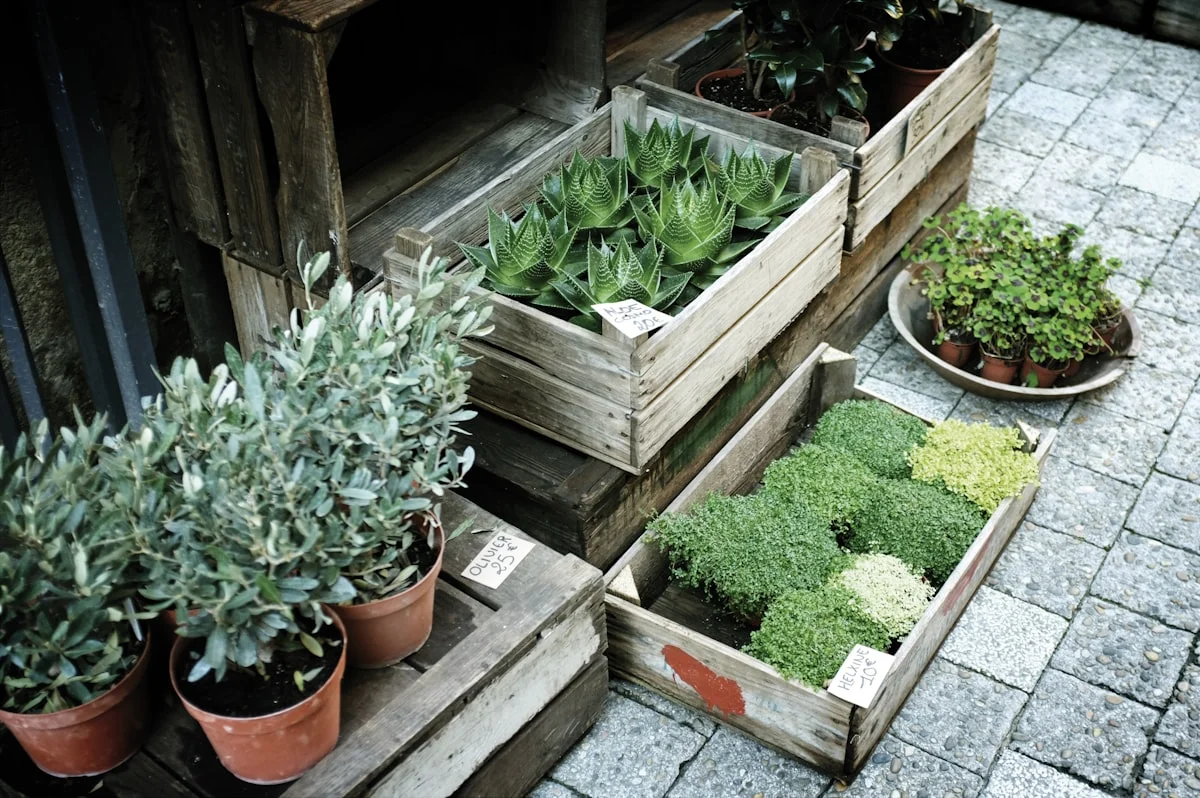# Indoor Herb Garden Setup Guide for 2025
Why Start an Indoor Herb Garden?
An indoor herb garden is a fantastic way to bring fresh flavors into your kitchen while adding greenery to your home. Whether you live in an apartment with limited outdoor space or simply want year-round access to herbs, cultivating an indoor herb garden is both practical and rewarding. With the right setup, you can grow basil, mint, parsley, and more right on your windowsill or under grow lights. This guide will walk you through everything you need to know to create a thriving indoor herb garden in 2025.
Choosing the Best Herbs for Your Indoor Garden
Not all herbs are equally suited for indoor growing. Some thrive better in containers and adapt well to indoor conditions. Basil, chives, cilantro, mint, oregano, parsley, rosemary, and thyme are among the best choices for an indoor herb garden. These herbs require moderate sunlight and don’t need excessive space, making them perfect for kitchen counters or shelves. Avoid herbs like dill or fennel, which grow tall and may struggle indoors without ample space and light.
Selecting the Right Containers and Soil
The success of your indoor herb garden depends heavily on the containers and soil you use. Opt for pots with drainage holes to prevent waterlogging, which can lead to root rot. Terracotta or ceramic pots are excellent choices as they allow soil to breathe. For soil, a well-draining potting mix designed for herbs or vegetables is ideal. Avoid garden soil, which can compact in containers and hinder root growth. Adding perlite or sand can improve drainage and aeration.
Lighting Requirements for Healthy Herb Growth
Most herbs need at least 6-8 hours of sunlight daily. A south-facing window is the best natural light source for your indoor herb garden. If natural light is insufficient, especially in winter, consider using LED grow lights. Full-spectrum LED lights mimic sunlight and promote healthy growth. Position the lights 6-12 inches above the plants and keep them on for 12-16 hours daily. A timer can help automate the lighting schedule, ensuring your herbs get consistent light exposure.
Watering and Humidity Tips
Proper watering is crucial for an indoor herb garden. Overwatering is a common mistake—herbs prefer slightly moist soil, not soggy conditions. Check the soil by sticking your finger an inch deep; if it feels dry, it’s time to water. Herbs like basil and mint enjoy higher humidity, so misting them occasionally can help, especially in dry indoor environments. Alternatively, placing a tray of water near the plants can increase humidity levels naturally.
Fertilizing Your Indoor Herbs
While herbs don’t require heavy feeding, occasional fertilization ensures robust growth. Use a diluted, balanced liquid fertilizer every 4-6 weeks during the growing season (spring and summer). Organic options like fish emulsion or compost tea are excellent for maintaining soil health. Avoid over-fertilizing, as this can lead to excessive leaf growth with diminished flavor. In winter, reduce feeding since herbs grow more slowly in lower light conditions.
Pruning and Harvesting for Continuous Growth
Regular pruning encourages bushier growth and prevents herbs from becoming leggy. Pinch off the top leaves just above a set of lower leaves to promote branching. When harvesting, never remove more than one-third of the plant at once to avoid stressing it. Frequent light harvesting keeps herbs productive and flavorful. For herbs like basil, removing flower buds as they appear helps maintain leaf production, as flowering can make leaves bitter.
Common Pests and How to Manage Them
Even an indoor herb garden can attract pests like aphids, spider mites, or whiteflies. Inspect plants regularly for signs of infestation, such as yellowing leaves or sticky residue. A simple solution of water and mild dish soap can deter pests when sprayed on leaves. Neem oil is another effective, natural remedy. Keeping plants healthy with proper light, water, and airflow reduces the likelihood of pest problems. Isolating affected plants prevents pests from spreading.
Creative Indoor Herb Garden Ideas
If space is limited, vertical gardens or hanging planters can maximize your growing area. Mason jars or repurposed containers add a rustic charm to your indoor herb garden. For a modern touch, consider hydroponic systems, which grow herbs in water with nutrient solutions, eliminating the need for soil. A windowsill herb box keeps herbs within easy reach while cooking, making fresh ingredients always available. Experiment with different setups to find what works best for your space and lifestyle.
Final Thoughts on Starting Your Indoor Herb Garden
An indoor herb garden is a simple yet rewarding project that enhances your cooking and living space. By selecting the right herbs, containers, and lighting, you can enjoy fresh flavors year-round. Regular care, including proper watering, pruning, and pest management, ensures healthy growth. Whether you’re a beginner or an experienced gardener, cultivating herbs indoors is a sustainable and enjoyable way to bring nature into your home. Start your indoor herb garden today and reap the benefits in 2025 and beyond.

